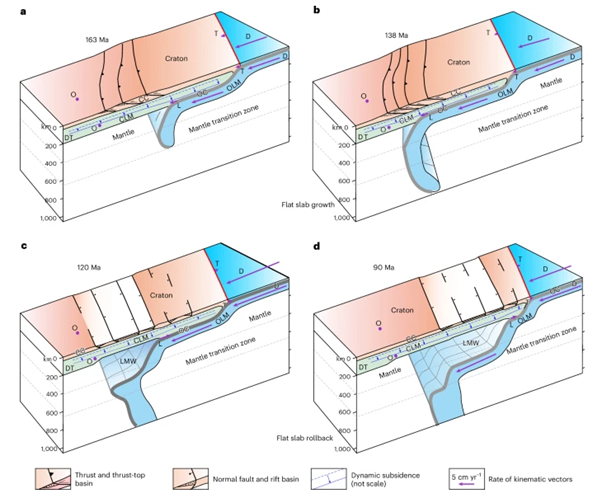Even the longest-lived parts of continents don’t survive forever, which is why geologists and paleontologists have so much trouble reconstructing Earth’s first billion years. The reasons for this are still not well understood – however, a study of the forces affecting the North China Craton provides some likely answers.
Cratons are the oldest parts of continents, often dating back several billion years. The majority of a continent may have undergone radical transformation, ripped apart by continental drift and overturned by the rise of mountain ranges or periods below sea level, meanwhile cratons go on with much more minor changes.
Geologists have known this for a long time (by the standards of science, not by the standards of the cratons themselves). However, they also know that “decratonization” sometimes occurs, where a craton becomes subject to the same processes that rework other parts of continents, but the drivers are debated. The combined crust and uppermost part of the mantle form the lithosphere, and cratons’ lithospheres are thicker than in the rest of the continent. It was once thought that this thickness gave them near-permanent protection, vulnerable only to plumes within the mantle that erode their undersides, but this is now under challenge.
In a new paper, researchres argue decratonization can also occur through a process of flat-slab subduction, followed by flat-slab rollback.
Since the early Cretaceous, parts of the North China Craton have been subducted under the Pacific plate. The authors write this subduction; “Induced landward shortening and lithospheric thickening.” Thereafter, rollback “caused seaward extension and lithospheric thinning.”
The authors created 26 models of flow within the mantle to explain what caused the shifting history written in rock as the craton lost its protected status. A few of these were able to replicate something close to what we see through a multistage process where an enormous area was drawn down into the mantle transition zone.
The speed of the rollback and a reduced mantle flow created a large mantle wedge, an area of the mantle that sits above the subducted part of the crust, which caused carbonate rocks to be recycled through the mantle.

Four stages in the decratonization of the North China Craton, causing changes at the surface like the raising of mountains.
Although the study was limited to a single case, the authors think the lessons are applicable to cratons in general when surrounding continental areas become subducted. “Our results indicate that cratons located closer to subduction zones are more likely to destabilize during their lifespan than those situated in continental interiors,” they write. Like an empire that survives by having protective vassal states around it, cratons continue if they are a long way from the frontline.
The study is published open access in the journal Nature Geoscience.
[H/T Phys.org]
Source Link: Why The Oldest Continental Crust Doesn’t Last Forever